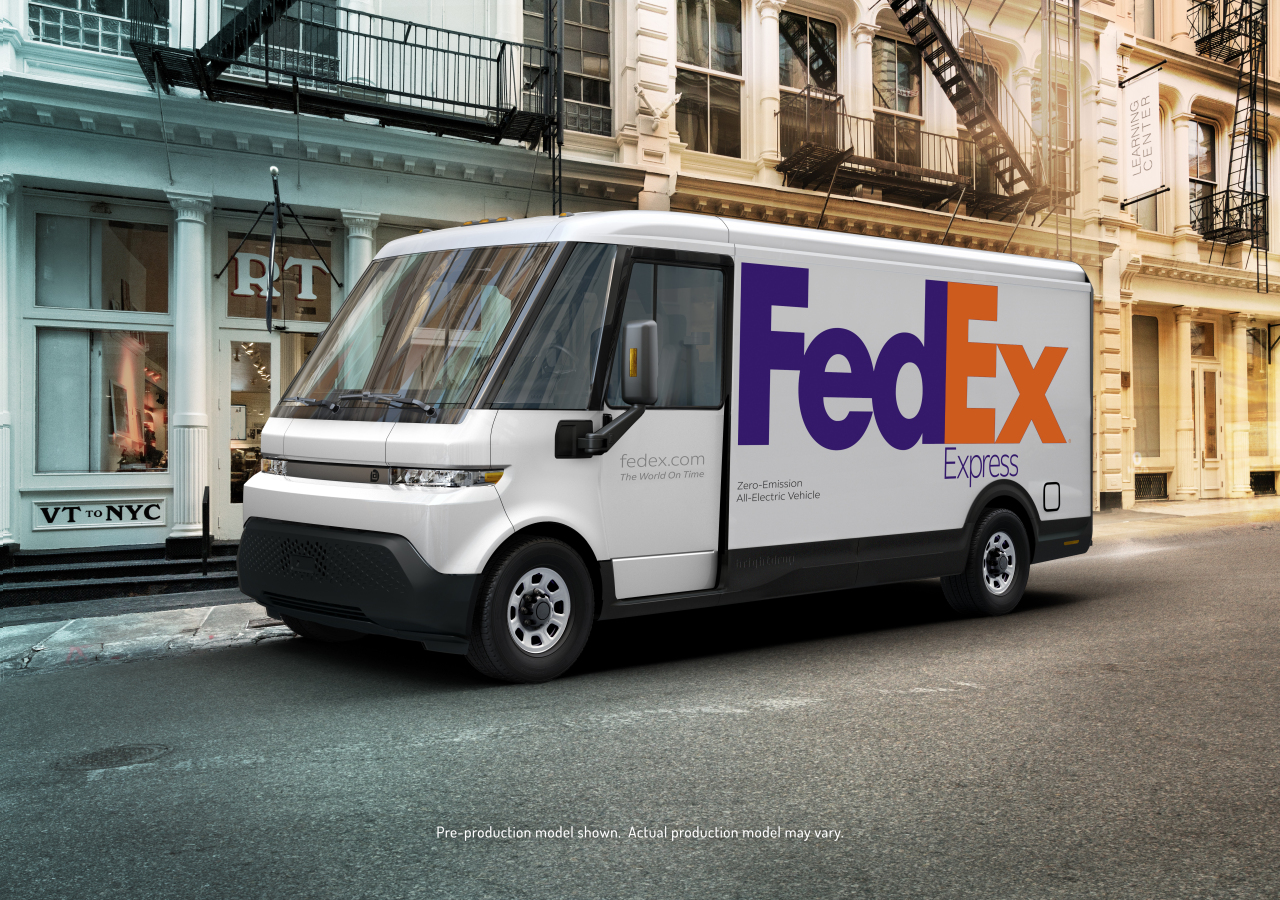 |
(GM) |
A notable trend at this year’s CES is that the boundaries between different sectors of technology are not just being blurred, but crushed, as the pandemic accelerates the pace of innovation.
With the all-digital CES 2021 heading into its third day, many viewers have been taken by surprise by unexpected presentations from major companies, such as conventional automaker General Motors, auto parts maker Bosch and camera company Canon.
GM Chairman and CEO Mary Barra proclaimed during her keynote speech Tuesday, US time, that the traditional combustion-engine car manufacturer will turn itself into an electric vehicle maker.
Instead of showcasing finished cars, GM unveiled its battery module technology that will enable users to drive 724 kilometers on a single charge.
It appears that the automaker’s battery technology has improved from last year, when the limit was 644 kilometers on a single charge.
In partnership with South Korea’s LG Chem, GM is currently constructing a battery production facility known as “Factory Zero,” which it plans to complete by 2022.
What stole the attention was GM’s announcement that it would offer a new delivery solution using electric vehicles from this year.
Named “BrightDrop,” the solution will offer delivery companies electric commercial vehicles with a driving capacity of 400 kilometers per charge and an automated pallet that can carry heavy loads.
“BrightDrop offers a smarter way to deliver goods and services,” said the GM chairman. “We are building on our significant expertise in electrification, mobility applications, telematics and fleet management, with a new one-stop-shop solution for commercial customers to move goods in a better, more sustainable way.”
US delivery company Fedex will be the first customer of GM’s BrightDrop, starting with about 500 electric vans this year.
German auto parts maker Bosch has put people’s health and the planet at the forefront of its conventional business.
During a presentation by President Mike Mensuetti, Bosch revealed its project with NASA of the US to explore the moon this year, using its “AIoT” technology.
“We combine AI and connectivity to form the AIoT, which helps us improve energy efficiency and fight the coronavirus,” explained Michael Bolle, a Bosch board member. “AIoT offers enormous potential. We are already unlocking this potential and plan to expand our efforts in the future.”
Last year, Bosch first revealed its SoundSee AI sensor system for the International Space Station, and this time the company said it is joining NASA’s Tipping Point program to research and develop technology to navigate and wirelessly charge small robots for operation on the moon.
Japan’s Canon, renowned for its camera technology, also announced its efforts to transform into a new tech company.
During a presentation titled “Canon redefines the limits at CES,” the Japanese digital camera maker unveiled images of the Earth taken by its satellite imaging devices.
Beyond being a camera business, the company has plans to launch satellites with high-spec imaging devices to collect data on the planet.
By Song Su-hyun (
song@heraldcorp.com)








